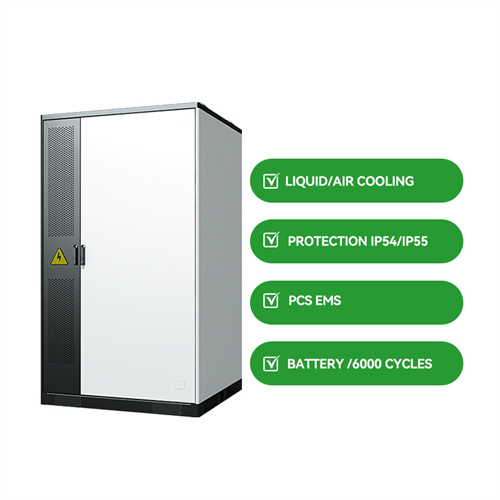About What are 3 examples of renewable energy resources
Renewable energyis energy that has been derived from earth’s natural resources that are not finite or exhaustible, such as wind and sunlight. Renewable energy is an alternative to the.
As a consumer you have several opportunities to make an impact on improving the environment through the choice of a greener energy solution. If you’re a homeowner.
As the photovoltaic (PV) industry continues to evolve, advancements in 3 examples of renewable energy resources have become critical to optimizing the utilization of renewable energy sources. From innovative battery technologies to intelligent energy management systems, these solutions are transforming the way we store and distribute solar-generated electricity.
When you're looking for the latest and most efficient 3 examples of renewable energy resources for your PV project, our website offers a comprehensive selection of cutting-edge products designed to meet your specific requirements. Whether you're a renewable energy developer, utility company, or commercial enterprise looking to reduce your carbon footprint, we have the solutions to help you harness the full potential of solar energy.
By interacting with our online customer service, you'll gain a deep understanding of the various 3 examples of renewable energy resources featured in our extensive catalog, such as high-efficiency storage batteries and intelligent energy management systems, and how they work together to provide a stable and reliable power supply for your PV projects.
Related Contents
- What are examples of non renewable energy sources
- What are examples of renewable energy sources
- What are 4 examples of renewable resources
- What s the difference between renewable and nonrenewable energy resources
- 4 examples of non renewable energy resources
- Examples of renewable energy resources include
- List five examples of renewable energy resources
- What is the most commonly used renewable energy source
- What are the 8 types of renewable energy
- What is the difference between renewable and non-renewable energy sources
- What is the cleanest renewable energy source
- What is the difference between fossil fuels and renewable energy


